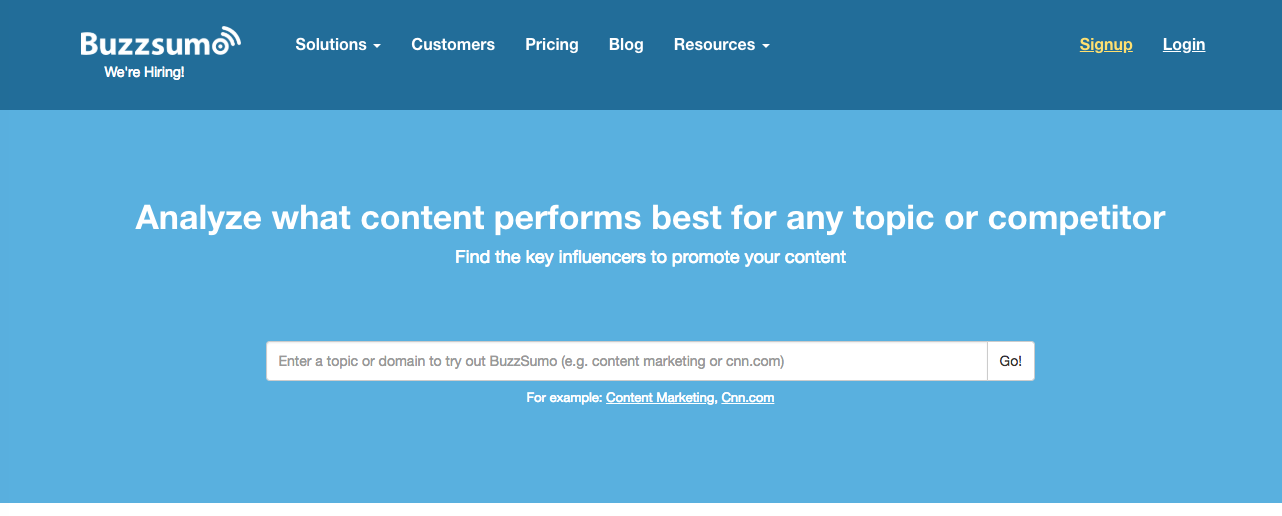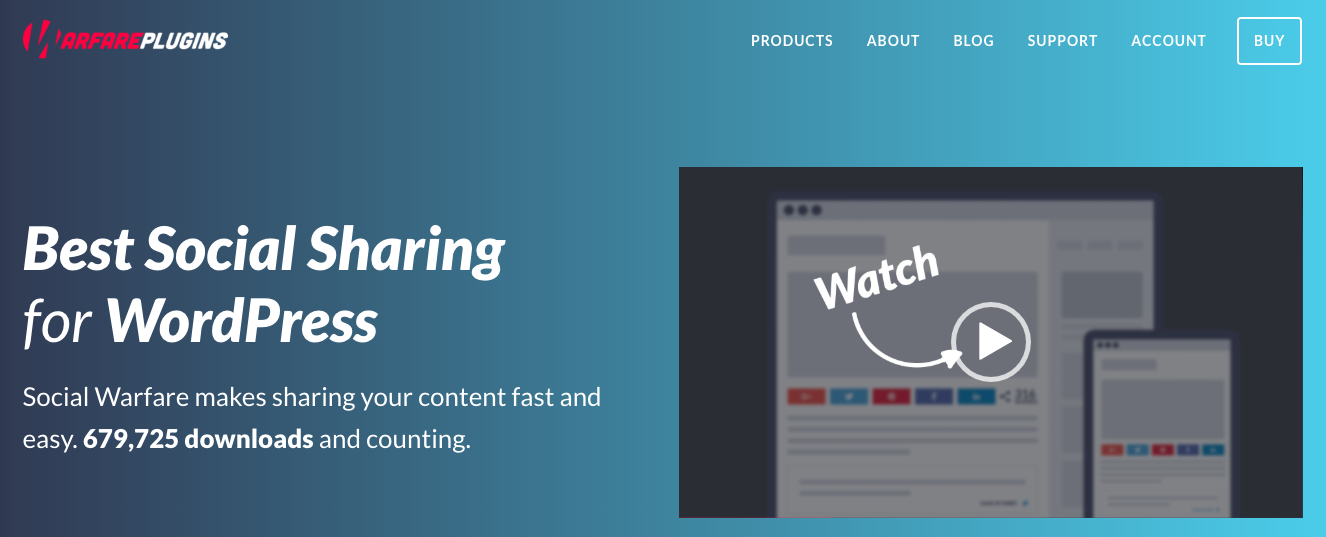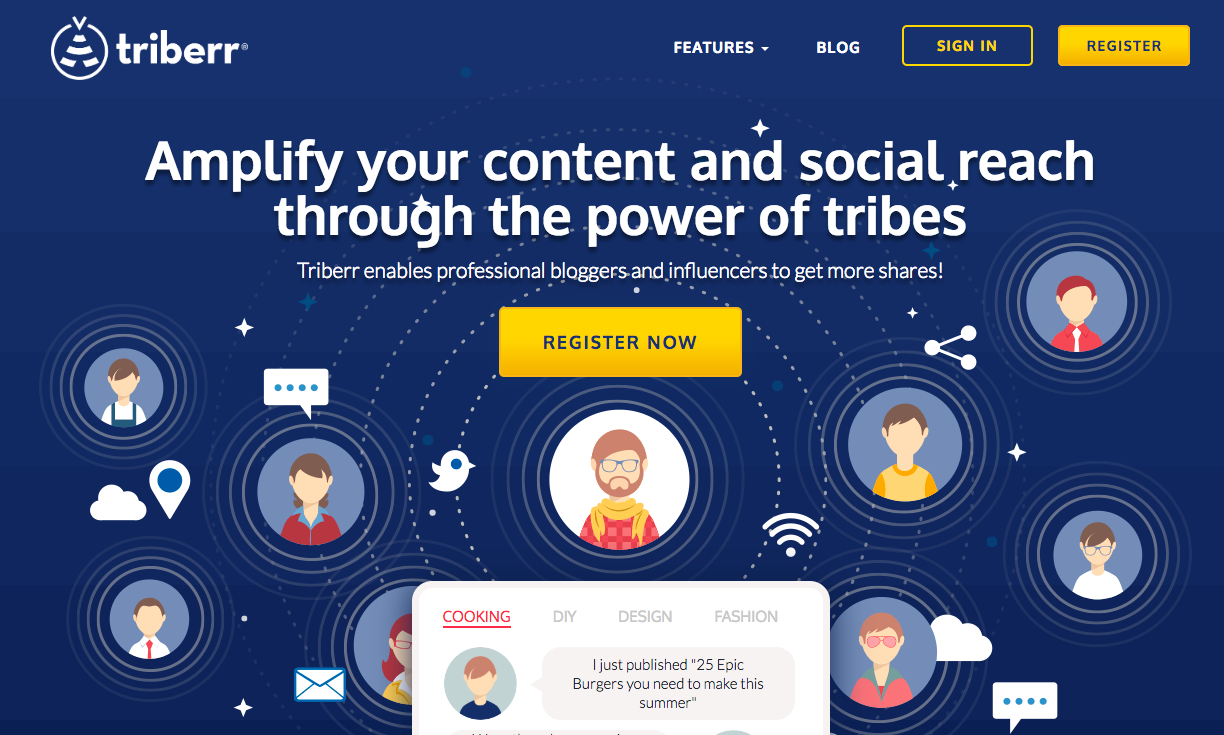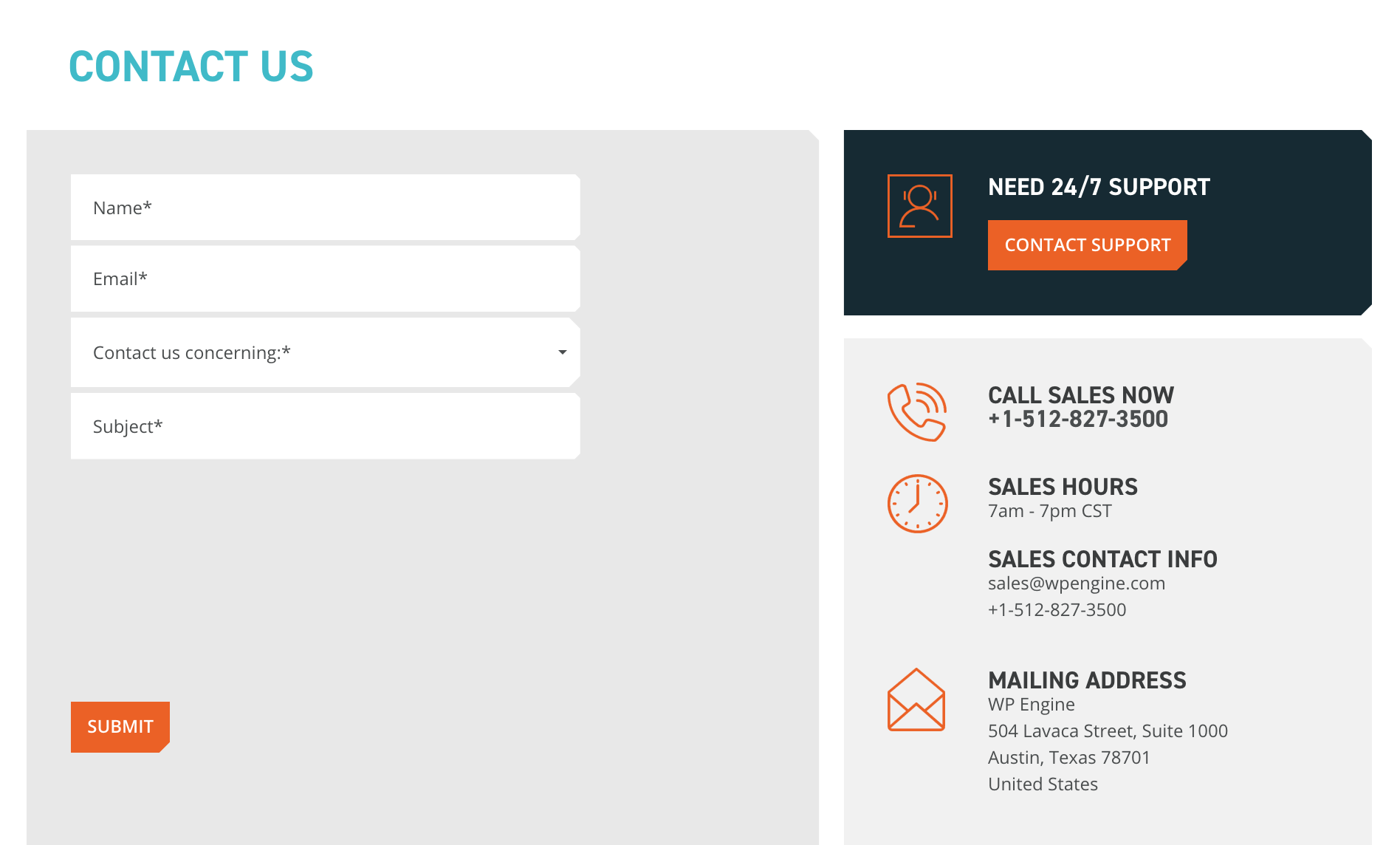Whether you’ve just launched your blog or have been blogging for years, you know that establishing your readership doesn’t just happen—and it definitely doesn’t happen overnight. To draw new eyes to your blog, you’ll need to take an aggressively proactive approach to promote your content and reaching readers. This is how you start cultivating an audience.
The following steps have been time-tested for their effectiveness at expanding online reach. If at least several of them aren’t currently part of your growth strategy, it may be time to take a step back, reevaluate and redirect your efforts.

Engage with Other Bloggers to Cultivate an Audience
When you develop connections with other bloggers, you expand your opportunities for traffic growth. You may agree to promote one another’s content, trade guest posts or add meaningful comments on each other’s posts.
To help you build relationships with your peers, consider:
- Engaging with fellow bloggers on social media by sharing their content and leaving comments on their posts.
- Participate in meaningful discussion in the comment section of their blog.
- Identify online communities in your subject matter area—such as Subreddits, Facebook groups, and forums—and get involved.
Contribute to Popular Blogs in Your Niche
As I mentioned in the previous point, writing guest blogs for other bloggers’ sites can be an effective way to grow your audience. However, to get the best results, you’ll need to carefully target where you place your content.
- First, do your research. Review the blogs that you find most compelling or interesting and scrutinize their stats. Writing a guest post for a blog with low reader engagement and few shares won’t do much to help you grow yours. Look for blogs with an active, productive comment section and robust social media following.
- Build the foundation of your relationship with the blogger before pitching your guest blog proposal, and make sure you’ve established a good rapport before asking him or her to promote your content. If you come across as someone solely interested in self-promotion, your efforts are unlikely to be successful.
- When pitching your idea, emphasize how you can help the blogger achieve his or her goals and how you can provide value to his or her readers.
- Make your guest post one of your very best pieces. It may be tempting to save your best work for your own blog, but think of your guest post as your one shot at making a good impression on the blogger’s readers. Providing high-quality content will not only encourage that blogger to continue to promote your content, but also attract readers to your own blog—the ultimate goal.
- Respond to comments on your guest post and invite readers to check out related content on your blog.
Know What Your Target Audience Wants
When you tailor your content to meet the needs and preferences of your target audience, you’ll gain readers more quickly. And by delivering that high-quality content consistently over time, those readers will stay with you and share your content with their networks.
Before you start writing, do your research on the people you want to attract. What are their demographics (age, gender, socioeconomic status, education level)? What are their interests? Where do they live? What’s important to them? What are their goals and fears? Once you’ve determined these specifics, you’ll be better equipped to craft content that meets those wants and needs.

To further refine your editorial approach, consider the following research methods for identifying compelling topics and new ideas in your subject matter area:
- Track breaking news and emerging trends by monitoring topical keywords using Google Alerts. This tool can lead you to other current content related to your niche and keep you ahead of the curve.
- Use a tool like BuzzSumo to identify the most popular content on a given topic. Which topics are getting the most shares on social media? What areas are performing well for your competitors? Some of this information is available for free, but a paid subscription to BuzzSumo is well worth the small investment it entails.
- You may also want to drop some change on SEMrush, which will help you discover which keywords your peers are ranking for and what kind of traffic they’re getting via those keywords.
Create Content that Connects
Once you’ve determined your topic, give some thought to how best to present it to create maximum engagement with—and value for—your audience.

Not all content is created equal. Certain formats may resonate better with your audience than others. Research conducted by BuzzSumo showed that list posts and infographics are shared more frequently than any other content type, but your readers may gravitate toward videos or how-to posts. It’s up to you to find out—and then respond to your readers’ preferences.
Your next task is writing a compelling headline. Advertising legend David Ogilvy claimed that on average, five times more people read a headline compared to those who also read the copy. Your headline has the power to draw readers in or drive them away. To ensure it accomplishes the former, make sure it:
- Includes powerful action verbs
- Communicates the value your post offers to readers
- Raises an intriguing question or makes a surprising claim that compels readers to learn more
Once you have a few drafts written, run them through CoSchedule’s Headline Analyzer tool to get feedback and refine your wording for maximum impact.
Finally, make sure your content delivers on the promise of its headline. Your post should deliver value to your readers that they can’t get elsewhere. To help your content rise above the competition, approach a topic from a unique or even controversial angle, bring extra depth to the discussion, provide additional detail and make sure the information is both interesting and useful to your readers.
Encourage Social Sharing
Content-sharing on social networks is a powerful force multiplier when it comes to building blog traffic. Each reader who shares your content on social media puts it in front of several—if not dozens—of new potential readers. This can help your audience grow exponentially, cultivating an audience.

Make it easy for your readers to share your content with their friends, family, and colleagues through the use of social share buttons. The easiest way to add these one-click sharing tools to your posts is with one of the many WordPress plug-ins available. Some of the best options include:
- Social Warfare, which offers Pinterest-specific images, limited social proof and robust analytics
- Monarch, which allows you to add social share buttons from over 35 different networks in five different locations
- Easy Social Share Buttons, which includes a mind-boggling list of features for customizing your sharing buttons’ look and function.
Improve Your User Experience
You may have incredible content. But if your blog’s user experience is lacking, chances are some readers won’t fight through the frustration to consume it. Conduct a thorough inventory of these aspects of your blog’s structure. Work to make sure that technical or design issues aren’t driving away readers.
- Make sure your format is clean, simple and easy to navigate. Give your page headings concise titles that clearly communicate their purpose. Eliminate any design or text elements that don’t add clear value or fulfill a specific objective.
- Clearly describe who your blog is written for and how it will benefit them. The “About” page is an ideal place to include this information, which can be communicated by filling in the blanks. “My blog helps ______ to ________.” Your headline should also provide a distinct indication of your blog’s purpose.
- Most importantly, check your blog’s page loading times. Slow-loading pages frustrate readers and hurt your performance with search engines. This guide can help you identify factors that may be slowing down your blog and offers suggestions for correcting them.
Promote, Promote, Promote
Unfortunately, the “build it and they will come” philosophy does not apply to blogging. Growing your readership numbers requires an aggressive, well-timed and specific promotional strategy that provides potential readers with multiple opportunities to engage with your content, including:
- Sharing your new content across multiple social media platforms, multiple times. You’ll need to hit the giants—Facebook, Twitter, and Instagram—as well as audience-specific networks like LinkedIn, Snapchat or Pinterest. Sharing each new post two or three times on different days of the week and at different times helps guarantee that you reach all segments of your target audience, regardless of their geographic location, personal schedule, and browsing habits.

- Using reciprocal sharing sites like Triberr and Viral Content Bee, which encourage users to earn “credits” by sharing others’ content, which then allows the users to post their own content to be shared by others.
- Sharing in social forums and other online groups like Facebook, Pinterest and LinkedIn groups, web forums and Quora, which tend to be niche-oriented. Look for groups with plenty of active discussions and good moderation.
Build an Email List and Use It for Cultivating an Audience
Growing your email list directly translates to growing your blog. It’s the easiest way to connect directly with readers, and it gives you the opportunity to provide them with additional value.
- For starters, you should be regularly asking readers to sign up for your email list. If including the request in every post feels like overkill, be sure to remind readers of the benefits of subscribing on a regular basis—weekly or at least monthly.
- Make it as easy as possible for readers to subscribe. In addition to in-post requests, include opt-in fields in several locations on your blog, especially on your home page. This means adding opt-in forms to strategic locations. There are multiple WordPress plug-ins available to help you incorporate this feature into your site, including Thrive Leads, Bloom and OptInMonster.
- If you have the budget to cover it, consider using an email provider like MailChimp instead of a feed delivery service. Email providers give you the flexibility to send emails to subscribers whenever you choose and offer you the ability to customize the look and feel of each email. These services also include helpful analytics to help you measure the effectiveness of your emails are and refine them for better future results.
- Providing readers with an incentive can help you grow your subscriber count more quickly. Offer a free resource to readers when they opt-in to your email list, such as exclusive content, an e-book or something else of value.
Engage with Your Readers
Engaging with readers creates a powerful sense of community in your little corner of the internet, and that connection will keep people coming back to your blog.

- First, make sure your readers have several ways to contact you. Provide an email contact on your “About Me” or bio page, and try to respond to every reader message, even if it’s just a quick “Thanks for reading.”
- Respond to readers in your comment section. Asking a closing question in your blog prompts reader comments, which is an easy way to build connections with your audience. Then follow up on comments to establish the feel of a back-and-forth conversation. Likewise, you should include discussion prompts in your social media posts and respond to readers’ comments there as well.
- Ask readers for feedback and incorporate their suggestions and ideas. This is an easy way to help you tailor your content to your audience’s interests, and it gives readers a sense of ownership in your blog community. You can do this through reader surveys or through very specific prompts at the end of blog posts.
Be Consistent—And Patient
While these tips have helped thousands of bloggers grow their readership, it won’t happen overnight. Consistency is key, both from a content perspective and a growth strategy perspective. First and foremost, be consistent in delivering interesting, useful content to your target audience. Then consistently apply the principles described here. Over time, your hard work will pay off with new readers and new opportunities. This is how you truly start cultivating an audience.





